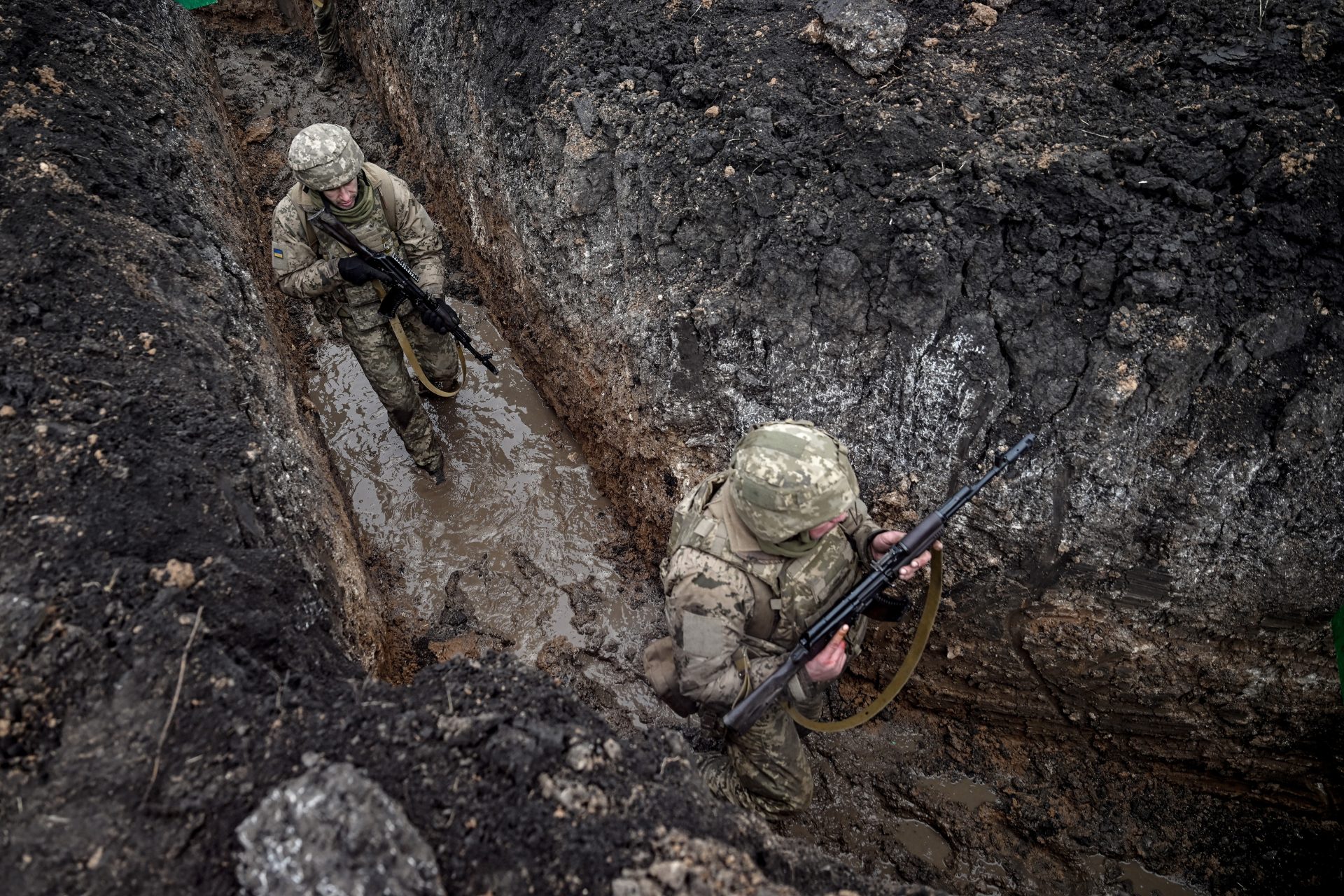How the homicide of a homeless man in New York’s subway exposed a city’s crisis
Jordan Neely, a 30 year-old homeless man, was restrained and forced to the floor in a fatal chokehold in New York city’s subway by another passenger after he started shouting that he was hungry, thirsty and had little to live for, CNN reported.
Neely’s death comes at a moment when New York City continues to deal with a growing population of unhoused people and a mental health crisis.
In recent years, homelessness in New York City has reached the highest levels since the Great Depression of the 1930s, according to the Coalition for the Homeless.
According to the same organization, "in November 2022, there were 67,150 homeless people, including 21,089 homeless children, sleeping each night in New York City's main municipal shelter system,” a near record.
The primary cause of homelessness, particularly among families, is lack of affordable housing, according to surveys of homeless families in NYC.
Surveys of homeless families have identified the following main triggering causes of homelessness: eviction, doubled-up or severely overcrowded housing, domestic violence, job loss, and hazardous housing conditions.
Research shows that, compared to homeless families, homeless single adults have higher rates of serious mental illness, addiction disorders, and other severe health problems.
Approximately 56% of heads of household in shelters are Black, 32% are Latin Americans, 7% are white, less than 1% are Asian-American or Native American, and 4% are of unknown ethnicity.
In November 2019, DHS estimated that 77% of adult families, 68% of single adults, and 53% of families with children sleeping in shelters had at least one disability.
Thousands of homeless people are unsheltered, meaning that they sleep on New York City streets, in the subway system, and in other public spaces.
There is no accurate measurement of New York City’s unsheltered homeless population, and recent city surveys significantly underestimate the number of unsheltered homeless New Yorkers.
From March 18 to May 1, 2022, the city carried out 733 “cleanups” across five boroughs, according to NPR. After engaging with 264 people, 39 of them accepted temporary housing.
The multi-agency initiative sends out NYPD officers and workers from the city's sanitation and homeless services departments to conduct the “cleanups”.
Residents at the encampment sites are given a 24-hour notice for the scheduled cleanups, according to city officials. The sweeps have led to the arrests of homeless activists.
Homeless advocates call the encampment “cleanups” a massive waste of resources that could instead be used to address the critical needs of the homeless population.
“People who are on the streets, have often tried the city's main shelter system and did not feel safe there or did not feel that those facilities met their needs”, said Jacquelyn Simone, policy director at the NYC-based Coalition for the Homeless.
“So, trying to force people back into a shelter system that many have made a conscious decision to avoid is not going to be successful," Simone added.
According to the expert, the government is taking the easy way out by sending police officers to “push homeless people out of sight” instead of actually addressing the root causes of homelessness.
A good way to address the root causes of homelessness, according to experts, could be the ‘housing first’ policy.
‘Housing first’ is a policy that offers unconditional, permanent housing as quickly as possible to homeless people; and afterwards offers other supportive services, such as a job, counseling and therapy.
Housing First’s approach is based on the concept that a homeless person or household's primary need is to obtain stable housing, and that other issues that may affect the household can and should be addressed once housing is obtained.
In contrast, traditional programs operate from a model of "housing readiness", that is, that an individual or household must address other issues that may have led to the episode of homelessness prior to entering housing, like addictions or mental illness.
Nevertheless, experts say it’s important to consider that housing is just one piece of the puzzle that is the social crisis of homelessness in New York City.
“We need a continuum of care that meets the individual needs of all homeless New Yorkers,” writes Harriet Karr-McDonald, President of The Doe Fund, a non-profit organization whose mission is to break the cycles of poverty and homelessness.
“Whether it’s a single mother, an out-of-work man, someone exiting incarceration with nowhere to go, a person living with schizophrenia or battling addiction, and everyone in between,” she adds.
“That means more and easier access to permanent housing, but also more shelters and supportive services to help people stabilize and re-enter the community.”
The expert also says that upstream investments are needed in marginalized communities to address the city’s vast racial and socioeconomic disparities.
More for you
Top Stories












































